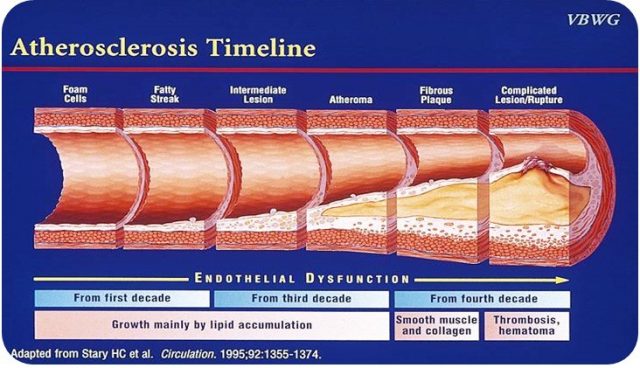Atherosclerosis: A Symptom of Endothelial Dysfunction
Atherosclerosis, the build-up of plaques within the walls of the arteries, is caused when the endothelial cells that line the thousands of miles of blood vessels become dysfunctional. We also know that endothelial dysfunction is caused by the same heart risks that initially damage the endothelium.
Based on new clinical findings, many leading cardiac researchers now believe that endothelial dysfunction, considered as “the ultimate risk of the risk factors”, is a disease unto itself and that this disease is what causes damage to the vessels of the heart, not atherosclerosis. Furthermore, this dysfunction is triggered by an inflammatory response to the damaged endothelium. Atherosclerosis, and the subsequent plaques and arterial blockages and heart attacks that it causes, are manifestations of this endothelial dysfunction.

